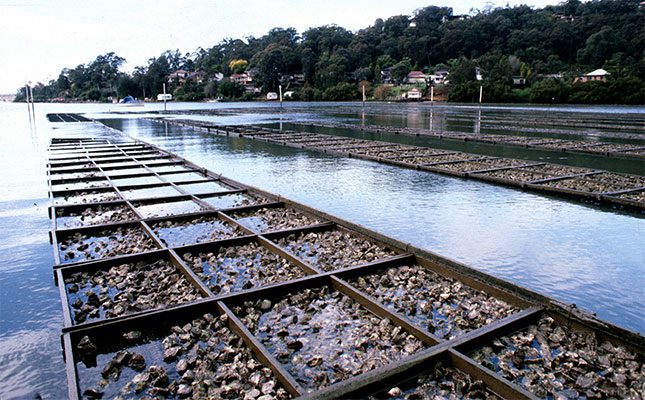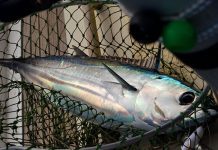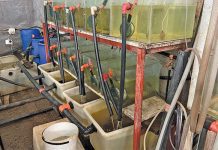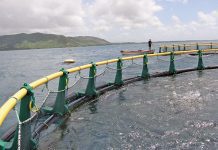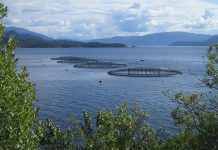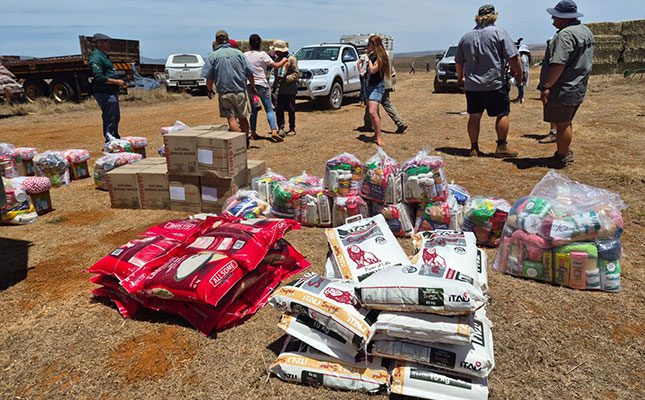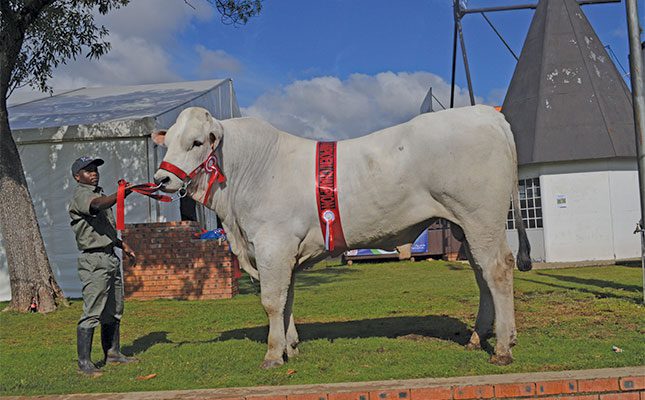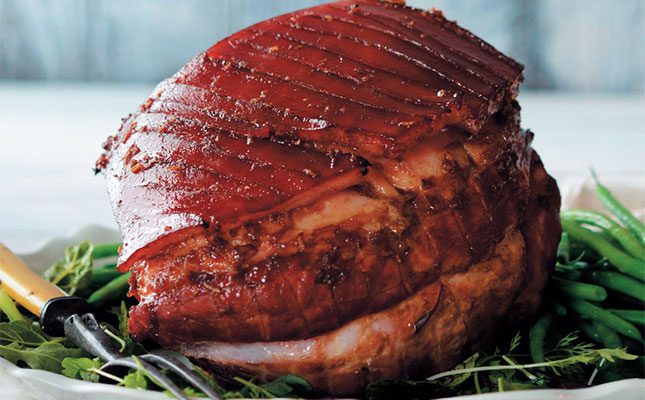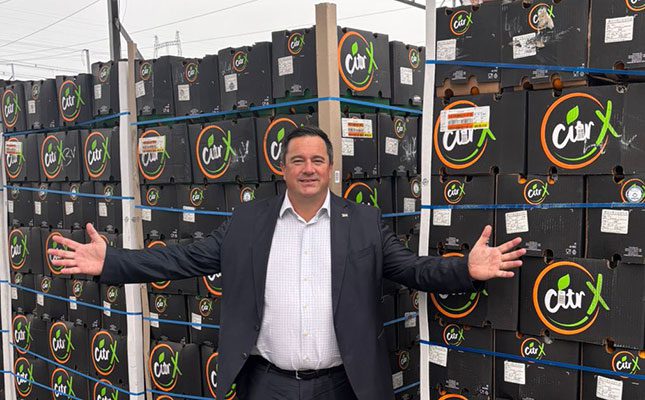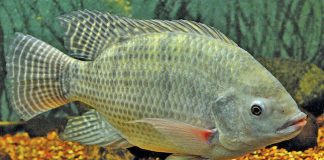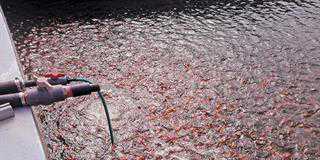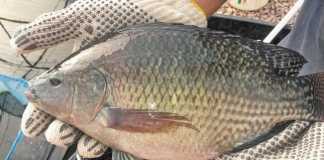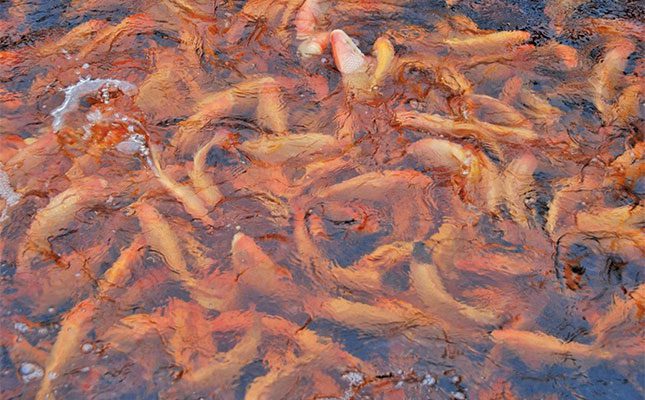
Photo: Supplied
A recirculating aquaculture system (RAS) comprises a group of fish tanks that are connected as a single system and which includes filters, aeration and water pumps. These systems offer compelling advantages over alternative infrastructure options, especially in variable climates in temperate areas.
The fish in an RAS are fed and as they grow, they also utilise oxygen, which is replenished by means of aeration; the carbon dioxide that the fish release as a by-product is simultaneously removed by the same aeration. As the fish are fed they digest their feed and excrete solid and dissolved waste.
Water movement
Water moves continuously through the fish tank, carrying solid waste out of the tank and into the mechanical filter where it is trapped and accumulated for regular removal, usually daily, by staff when cleaning the filters. If left in the system, this waste will accumulate and compromise water quality.
The dissolved waste is comprised mainly of ammonia, which is converted to nitrate by the biological filter, in which desirable bacteria convert the highly toxic ammonia to benign nitrate, which can be allowed to accumulate within the system without negatively impacting the fish.
Daily water changes of around 10% of the system volume occur when the mechanical filters are cleaned. This is adequate to maintain the nitrate concentration at acceptable levels for fish health.
When farming with sensitive species of fish, or the juvenile stages in the hatchery, aquaculturalists also sterilise the water that is being recirculated.
This is not to manage disease risk, but rather to lower the concentration of microbes in the water as these organisms can negatively impact the fish. Failure to sterilise hatchery water can result in very high fry mortalities and reduced growth rate.
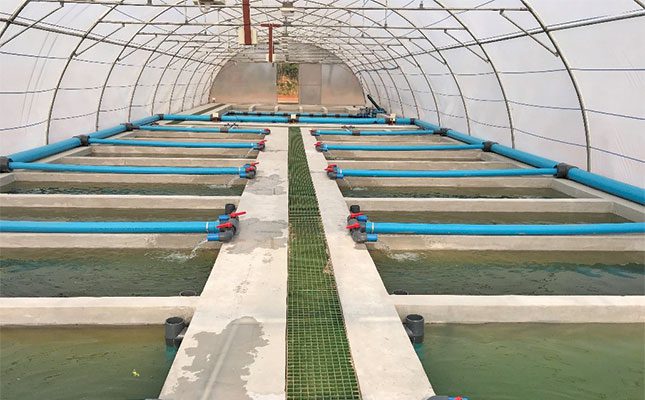
Expensive but hugely beneficial
It is more expensive to install an RAS than an earth pond or cage with the same volume of water, but because of the filtration and aeration present in recirculating systems, large quantities of fish can be produced in a limited space without huge volumes of water being required.
Consequently, the footprint is reduced, which makes it possible to place an RAS inside a building like a warehouse or greenhouse tunnel.
These structures insulate against heat loss or uptake from the ambient environment, and allow the temperature of the water to be heated and maintained close to the optimal temperature of the species being farmed, or cooled according to the needs of the cultured
species.
This is probably the biggest benefit of a recirculating system in that it allows for species of fish to be farmed outside of their natural temperature range.
For example, the optimal temperature for rainbow trout is 16°C, yet they can be farmed in areas of South Africa where the air temperature flirts with 40°C if they are held in a temperature-controlled recirculating system.
Conversely, the optimal temperature for tilapia is 28°C and they too can be farmed in an RAS in South Africa, provided the temperature is maintained close to the optimal for the species.
Fish being reared in the system do not have access to any feed other than what they are provided with, thus it is important to use high-quality, species-specific food.
Whenever the filters are cleaned, the nutrient-rich waste is removed from the system and disposed of. Traditionally, this was seen as a problem to be solved, but recently we have come to view these nutrients as a resource to be celebrated and utilised.
By attaching an aquaponics system to the recirculating fish system, the same feed that grew the fish can now be utilised to grow plants as well. These plants usually end up generating more income for the farmer than the fish do!
Profitable cycle
The fish waste becomes fertiliser for the plants and the plants in turn clean the water to be returned to the fish in a never-ending cycle. Only chelated iron, potassium and calcium need to be added for the plants to thrive; the rest is provided by the fish waste.
Other advantages of an RAS include the low water usage and the small footprint that allow it to be positioned almost anywhere. It is also possible to erect a recirculating system where the soils are too poor for farming crops.
This makes it possible for fish farmers to position their rearing infrastructure close to the market, thereby reducing the potential cost and logistic complexities associated with transporting the fish, and plant crops, to the market.
Farming fish in an RAS means that you are completely reliant on a stable electricity supply. A solar power system with battery backup for night-time operation is an excellent solution if the grid supply isn’t completely reliable.
In all situations, a backup generator with an automatic changeover switch is an essential piece of equipment if you plan to farm fish in an RAS.
Do your homework
An RAS is excellent technology, but be sure to do your homework and employ the services of an experienced individual or company when designing one of these systems.
Not only will this ensure that you get the ratios between the components correct for optimal technical and biological performance, but a specialist will also bear energy efficiency and human ergonomics in mind when preparing the design.
Leslie Ter Morshuizen designs and builds fish farms across sub-Saharan Africa, trains farmers to manage them optimally and has run his own operations. He is the founder of Aquaculture Solutions. Call him on 083 406 0208, or email [email protected].

